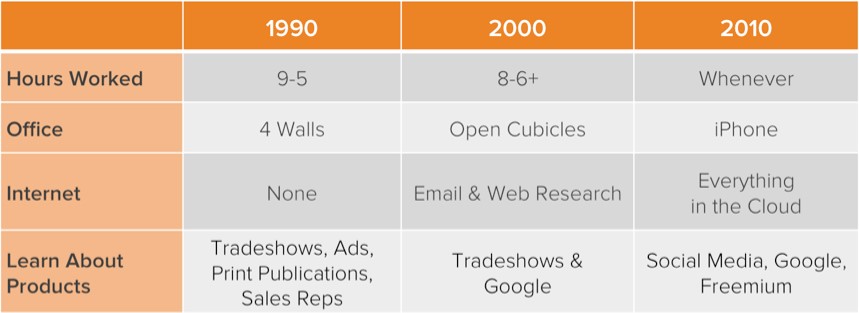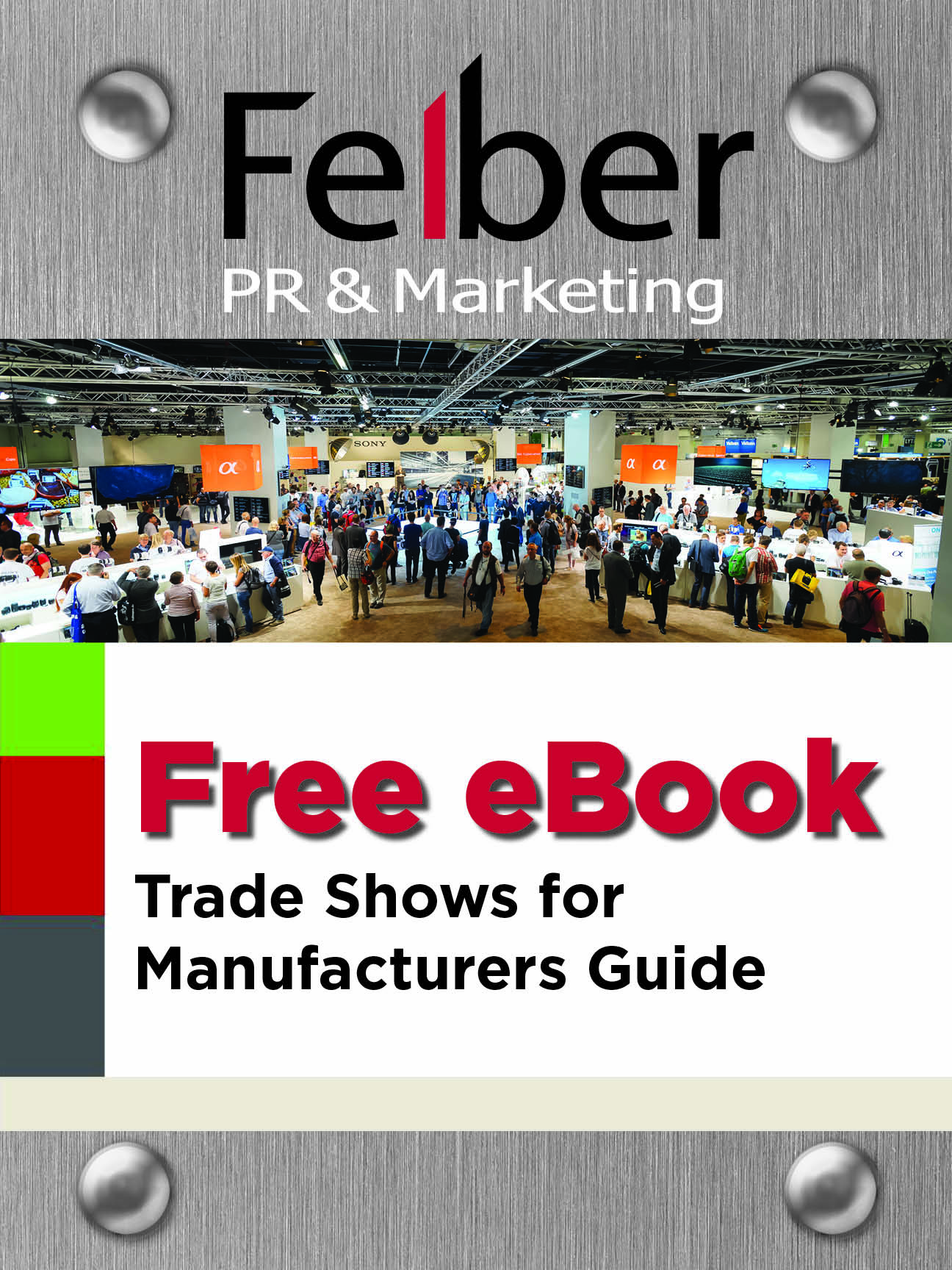Attract Ideal Customers to Your Website with Buyer Personas
You are a manufacturer, which means most days, you are swamped between responding to customers, managing inventory, solving a technical issue and the list goes on and on. You may think you have a clear understanding of your customer base but do you really understand their behaviors, goals, challenges and demographics?
To create a sound content marketing plan, it is essential that you take the time to identify your ideal customers. This process is called creating buyer personas. Buyer personas help manufacturers identify their best prospects. The profile of your best prospect and how they buy is the buyer’s’ journey.
Note: Manufacturers should conform to the “buyers” way of purchasing and not the other way around. If you are quick to send literature or conduct a product demonstration, you’re using your process, not theirs. With 71% of B2B research starting with a generic search, manufacturers need to reach prospects digitally and engage in a completely new way.
 What Are Buyer Personas?
What Are Buyer Personas?
Semi-fictional representations of your ideal customer based on select educated speculation and real data about customer demographics, behavior patterns, motivations, and goals.
How to Create Personas:
1) Day in Their Life Scenario– Creating a day in the life example for your persona can help you better understand your customers challenges and motives.
2) Demographic Behavior– Identify the typical age, income, education, and location of your buyer personas.
3) Identify Goals– Knowing your persona’s goals and dreams is crucial. This helps you craft your content, products and services to help them achieve these specific goals.
4) Discover Their Pain – Does this persona have certain pain points in their day-to-day operations? Are there ways that you can reduce business interruption or bring new products or services to this person to eliminate these pain points?
5) Information Search Process– How does this person search for information? Are they at a desk or on mobile? Do they switch off their phone at dinner or are they working 24/7? You need to know how and when to contact based on their specific behaviors not how you operate.
6) Common Hesitations or Objections- Manufacturers overall are very careful and risk-averse by nature. Are there common hesitations or objections they typically have working with a company like yours? If you identify their hesitations, you can better prepare a solution to counter them. This will be an invaluable asset to your sales team.
7) Create a Story- I know, I know. You’re a manufacturer, not a writer. The idea of writing a story is daunting.. But trust me, it’s invaluable. By writing about your persona in a story format, it is much easier for everyone in your organization to recognize people that fit under that persona and it’ll provide your sales team with the skills to communicate with prospects in the way that best suits them.
Daunted? Here Are Some Ways to Make the Process Easier
- Look through your CRM to discover trends about how your customers find and take your content (Are they at their desks or on mobile? Are they more receptive to a quick email blast or an in-depth white paper?)
- Interview customers about what they like about your products and services.
- Create forms on your website that capture information about that individual’s buyer persona. (Example: Size of the company, Title, Biggest 3D printing challenge, etc.)
- Talk to your sales team. They have intelligence on your sales cycle and the customers that work best with your company. Ask them what generalizations they can make about the various customers you serve.
Buyer personas provide structure and insight for manufacturers to nurture leads through the sales process. A detailed buyer persona helps determine where to best spend your time, guide product development, and empowers your sales team with knowledge to better communicate with prospects. Then, you will be able to attract the most valuable visitors, leads, and customers to your business.



 5. Empower Your Sales Team with Better Insights On Leads – Old world sales have been replaced with something greater and
5. Empower Your Sales Team with Better Insights On Leads – Old world sales have been replaced with something greater and 

![© MORT TUCKER PHOTOGRAPHY [#Beginning of Shooting Data Section] Nikon D200 2013/01/16 14:57:39.6 Compressed RAW (12-bit) Image Size: Large (3872 x 2592) Color Lens: 18-125mm F/3.3-5.6 G Focal Length: 45mm Exposure Mode: Manual Metering Mode: Center-Weighted 1/160 sec - F/9 Exposure Comp.: 0 EV Sensitivity: ISO 100 Optimize Image: Normal White Balance: Preset d-0 AF Mode: AF-C Flash Sync Mode: Flash Mode: Auto Flash Comp: Color Mode: Mode I (Adobe RGB) Tone Comp.: Auto Hue Adjustment: 0° Saturation: Auto Sharpening: Auto Image Comment: Long Exposure NR: Off High ISO NR: Off [#End of Shooting Data Section]](https://www.felberpr.com/wp-content/uploads/bln282-rob-felber_B-web.jpg)


